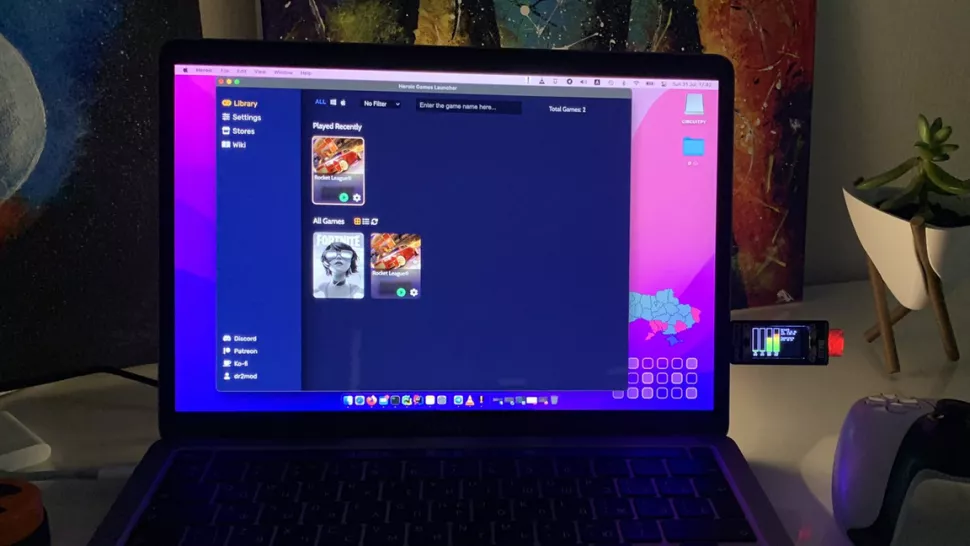Red Hat Servers, and AlmaLinux

-
What is distributed consensus for site reliability engineering? | Opensource.com
With microservices, containers, and cloud native architectures, almost every application today is going to be a distributed application. Distributed consensus is a core technology that powers distributed systems.
Distributed consensus is a protocol for building reliable distributed systems. You cannot rely on "heartbeats" (signals from your hardware or software to indicate that they're operating normally) because network failures are inevitable.
There are some inherent problems to highlight when it comes to distributed systems. Hardware will fail. Nodes in a distributed system can randomly fail.
This is one of the important assumptions you have to make before you design a distributed system. Network outages are inevitable. You cannot always guarantee 100% network connectivity. Finally, you need a consistent view of any node within a distributed system.
-
How Cloud AI Developer Services empower developers
It’s been almost 11 years since Marc Andreessen famously posted, “Software is eating the world.” Over the last decade in IT, we’ve seen some amazing transformations happen – from companies fundamentally changing the way they deliver software to how we as consumers use web and mobile applications and services in our daily lives. Research shows that the average person in the U.S. now uses at least four to five software programs a day to do their job – partially due to the pandemic.
Developing software has emerged as perhaps the most critical business function for companies as they undergo digital transformation to adapt to fast-paced change, delight their customers, and stand out from competitors. As such, the role of software developers has evolved at such a rapid pace that it is now more common to deliver software u
-
What is next for Open Source- Alma Linux and beyond | Business Insider India
When Red Hat announced that it will no longer support open-source CentOS, a wave of disturbance was caused throughout the open-source community. In response, the open-source community formed an alliance and started building alternatives for CentOS.
While they initially named it Lenix, which was a paid offering and was initially restricted to hosting providers, its eventual success led the community to make it 100% free and open-source and renamed it to AlmaLinux.
Today, AlmaLinux has delivered over three releases with millions of downloads. It has become an alternative platform for developers for CentOS Stream and Red Hat Enterprise Linux. Even though its user-facing features are limited, its speed and agility have made it an attractive avenue for the open-source community.
-

- Login or register to post comments
 Printer-friendly version
Printer-friendly version- 903 reads
 PDF version
PDF version
More in Tux Machines
- Highlights
- Front Page
- Latest Headlines
- Archive
- Recent comments
- All-Time Popular Stories
- Hot Topics
- New Members
today's howtos
|
Open Hardware: XON/XOFF and Raspberry Pi Pico
|
Security Leftovers
|
How to Apply Accent Colour in Ubuntu Desktop
A step-by-step tutorial on how to apply accent colour in Ubuntu desktop (GNOME) with tips for Kubuntu and others.
|






 This section of TuxMachines will no longer have new stories in it (with some caveats, including this post). To see the latest stories go to
This section of TuxMachines will no longer have new stories in it (with some caveats, including this post). To see the latest stories go to 

.svg_.png)
 Content (where original) is available under CC-BY-SA, copyrighted by original author/s.
Content (where original) is available under CC-BY-SA, copyrighted by original author/s.

Recent comments
1 day 23 hours ago
2 days 3 hours ago
2 days 3 hours ago
3 days 10 hours ago
3 days 11 hours ago
3 days 12 hours ago
3 days 12 hours ago
3 days 13 hours ago
3 days 15 hours ago
3 days 17 hours ago